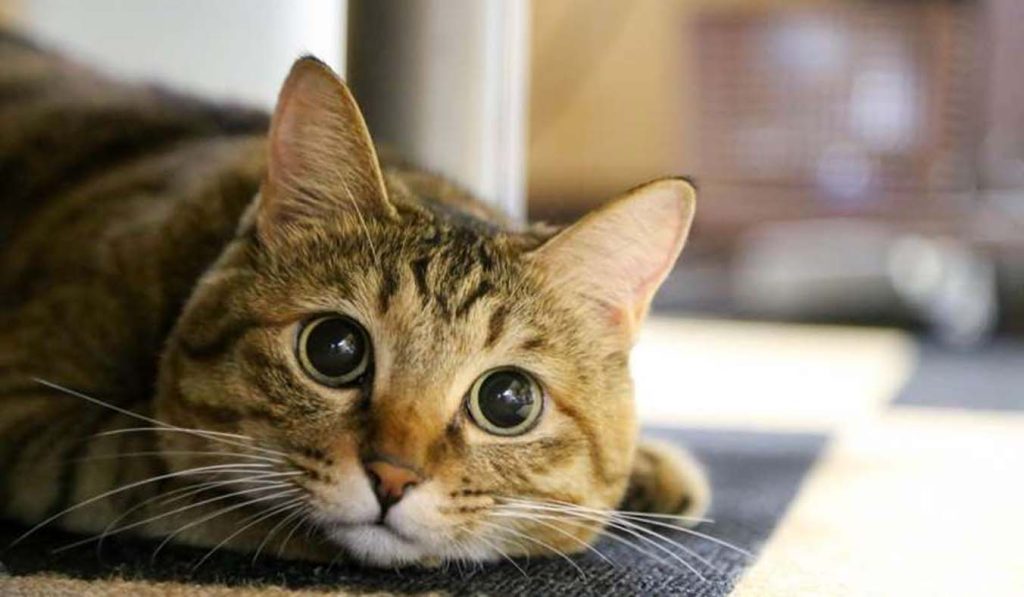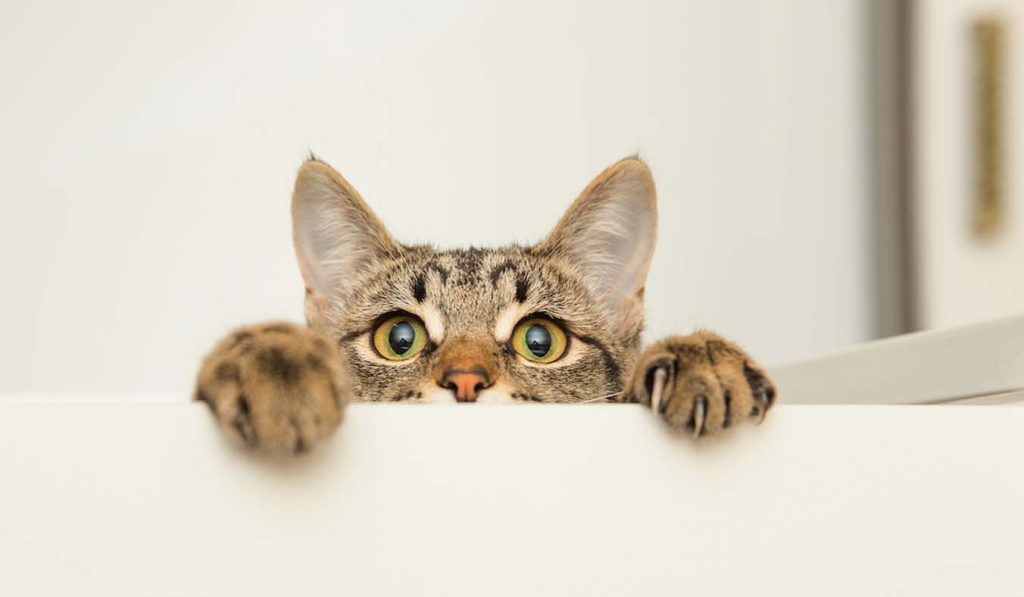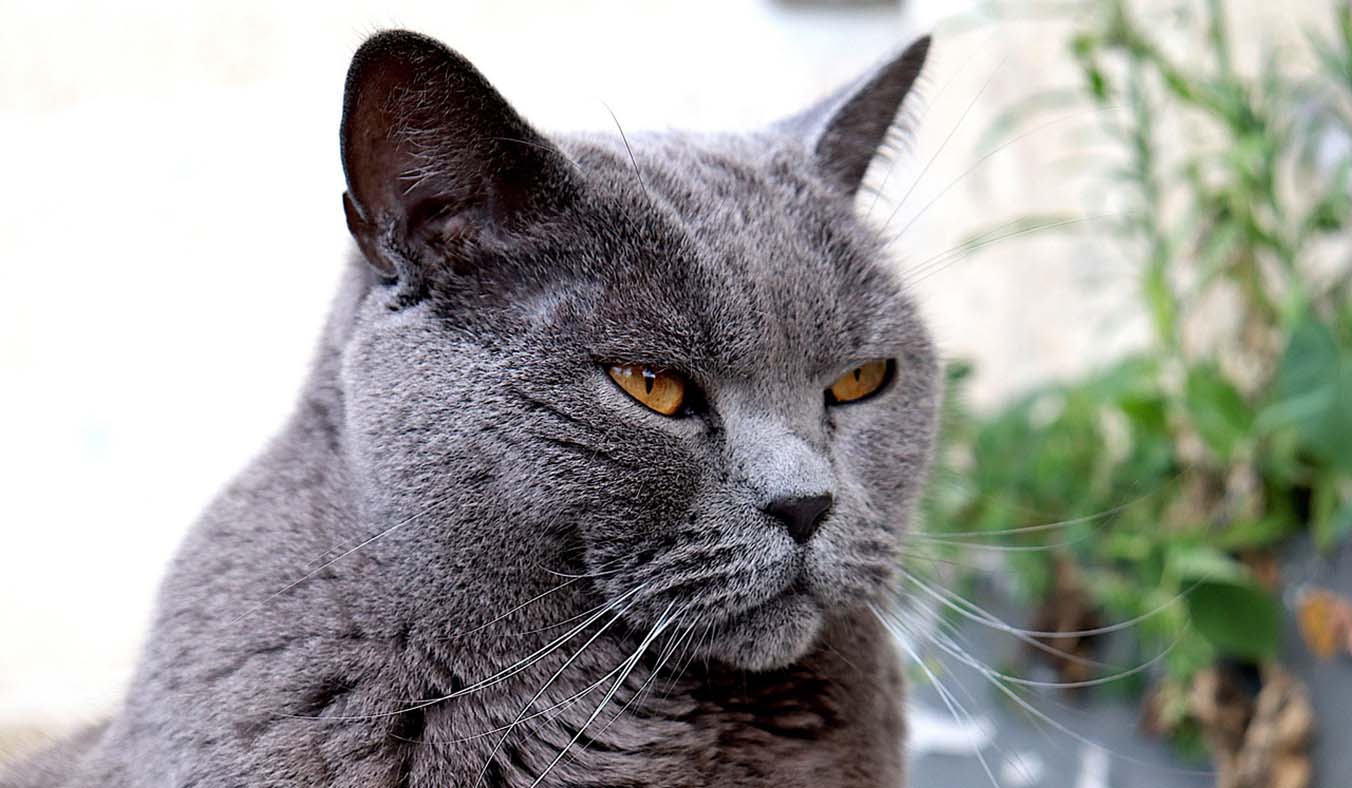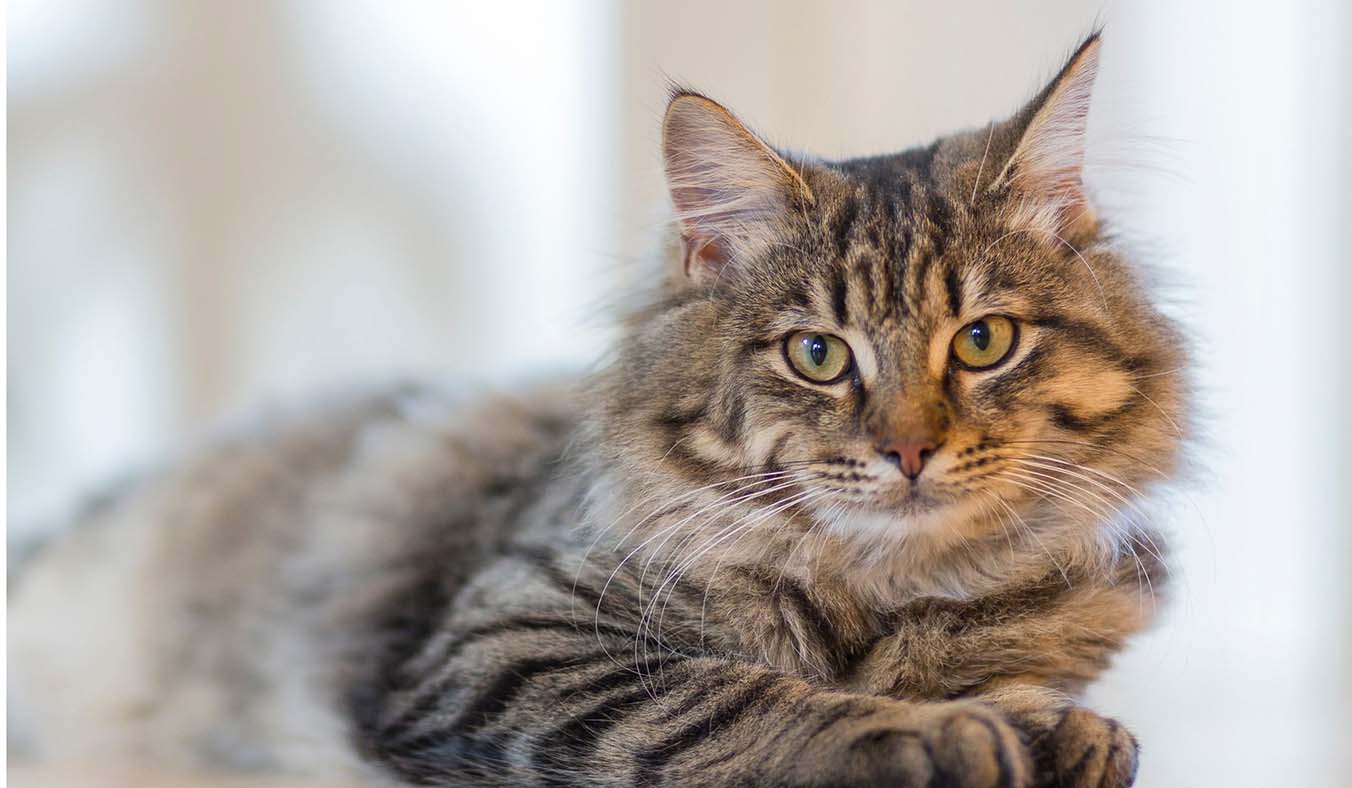Feline urinary obstruction, also known as feline lower urinary tract disease (FLUTD), is a serious condition that can have severe consequences if left untreated.We’ll explore the causes, symptoms, treatment options, and preventive measures for feline urinary obstruction.
Exploring the Roots of Feline Urinary Obstruction: Unveiling Causes and Contributing Factors
Feline urinary obstruction, a concerning condition characterized by a blockage in the urethra, can stem from various underlying causes. Let’s delve into the specifics:
- Dietary Factors: The composition of a cat’s diet plays a pivotal role in urinary health. Diets rich in minerals like magnesium and phosphorus can contribute to the formation of crystals in the urine, which may eventually lead to obstruction. Thus, a diet high in these minerals increases the risk of urinary issues.
- Dehydration: Adequate hydration is paramount for maintaining urinary tract health in cats. When cats do not consume sufficient water, their urine becomes concentrated, facilitating the crystallization of minerals. Concentrated urine is more likely to form crystals and stones, paving the path for urinary obstruction.
- Urinary Tract Infections (UTIs): Infections within the urinary tract can trigger inflammation and the accumulation of mucus, leading to the formation of plugs that obstruct the urethra. UTIs create an environment conducive to blockages, particularly in male cats due to their narrower urethras.
- Anatomical Abnormalities: Cats may be predisposed to urinary obstructions due to structural abnormalities in their urinary tract. Narrow urethras or strictures, for instance, can impede the flow of urine, increasing the likelihood of blockages.
By understanding these underlying factors, pet owners can take proactive measures to safeguard their cat’s urinary health and mitigate the risk of urinary obstructions. Regular veterinary check-ups, tailored dietary management, and ensuring adequate hydration are essential steps in promoting urinary wellness in feline companions.
Identifying the Telltale Signs of Feline Urinary Obstruction: Navigating Symptoms with Care

The onset of feline urinary obstruction unveils a spectrum of symptoms, indicating a distressing plight for our feline companions. Here’s what pet owners should be vigilant for:
- Frequent Urination Attempts: A conspicuous sign of urinary obstruction is the relentless urge to urinate coupled with meager or absent urine output. Cats may repeatedly visit the litter box in a futile attempt to relieve themselves.
- Painful Urination: The act of urination, typically a routine bodily function, becomes a source of agony for cats grappling with urinary obstruction. Vocalizations, straining, or visible signs of discomfort during urination are indicative of underlying issues.
- Presence of Blood in Urine: Blood-stained urine, characterized by a pink or red hue, serves as a glaring indicator of urinary distress. This alarming symptom underscores the urgency of veterinary intervention.
- Lethargy and Malaise: The physical discomfort and pain associated with urinary obstruction can render cats lethargic and withdrawn. Listlessness or a noticeable decline in energy levels warrants prompt attention.
- Appetite Changes: Cats experiencing urinary obstructions may exhibit alterations in appetite, ranging from reduced food intake to outright refusal to eat. A diminished appetite underscores the severity of the condition and necessitates immediate veterinary evaluation.
- Episodes of Vomiting: Nausea and discomfort stemming from urinary obstruction may prompt episodes of vomiting in affected cats. Vomiting serves as a distress signal, signaling the need for urgent medical intervention.
It’s imperative for pet owners to remain vigilant, especially with male cats who face a heightened risk of urinary obstructions due to anatomical factors. Swift recognition of symptoms and prompt veterinary care are paramount in mitigating the repercussions of feline urinary obstructions and safeguarding the well-being of our cherished feline companions.
Managing Feline Urinary Obstruction: Navigating Treatment Options
When faced with feline urinary obstruction, swift and decisive action is imperative to alleviate the distressing symptoms and restore urinary function. Here’s a glimpse into the treatment landscape:
- Urinary Catheterization: A cornerstone of treatment, urinary catheterization involves gently inserting a catheter through the urethra to dislodge the obstruction and restore urine flow. This procedure, performed under sedation or anesthesia, offers immediate relief and is often the first line of intervention.
- Fluid Therapy: Intravenous fluid therapy assumes a pivotal role in correcting dehydration and bolstering urinary tract function. By administering fluids directly into the bloodstream, veterinarians can optimize hydration levels and facilitate the flushing out of urinary obstructions.
- Medicinal Interventions: Tailored medications, including pain relievers, anti-inflammatories, and antibiotics, constitute an integral component of treatment. These medications target underlying inflammation, alleviate discomfort, and combat potential infections, fostering a conducive environment for recovery.
- Surgical Measures: In cases refractory to conservative measures or where the obstruction persists despite catheterization, surgical intervention may be warranted. Surgical procedures aim to physically remove the obstruction, addressing underlying anatomical abnormalities or stubborn blockages that resist non-invasive treatments.
Navigating the treatment landscape for feline urinary obstruction demands a comprehensive and individualized approach, with the ultimate goal of swiftly resolving the obstruction, mitigating discomfort, and restoring urinary function. Veterinary expertise, coupled with timely intervention, holds the key to steering affected felines towards a path of recovery and well-being.
Safeguarding Your Cat’s Urinary Health: Proactive Prevention Strategies

While feline urinary obstruction can pose a daunting challenge, proactive measures can significantly mitigate the risk. Here’s a roadmap to fortifying your cat’s urinary well-being:
- Hydration, Your Ally: Elevate your cat’s hydration game by ensuring a constant supply of freshwater. Hydration is key to diluting urine, thwarting crystal formation, and fostering urinary tract health.
- Dietary Deliberations: Opt for a diet that strikes a delicate balance, rich in moisture and tailored to your cat’s unique nutritional needs. Wet food formulations, with their higher water content, offer a hydrating boost, reducing the concentration of urine and the likelihood of crystal formation.
- Exercise Regimen: Enrich your cat’s daily routine with ample opportunities for physical activity. Regular exercise not only staves off obesity—a known risk factor for urinary obstructions—but also promotes urinary tract health, fostering optimal function and resilience.
- Vigilant Veterinary Oversight: Embrace a proactive approach to your cat’s healthcare journey by prioritizing routine veterinary check-ups. Regular examinations empower veterinarians to monitor urinary health, identify potential red flags, and intervene promptly, averting potential complications.
By embracing a holistic approach to feline urinary health—anchored in hydration, balanced nutrition, physical activity, and vigilant veterinary oversight—you can empower your beloved companion to thrive and flourish, steering clear of the perils of urinary obstructions.
By being proactive about your cat’s health and well-being, you can help reduce the risk of urinary obstructions and ensure a happy, healthy life for your feline companion.



